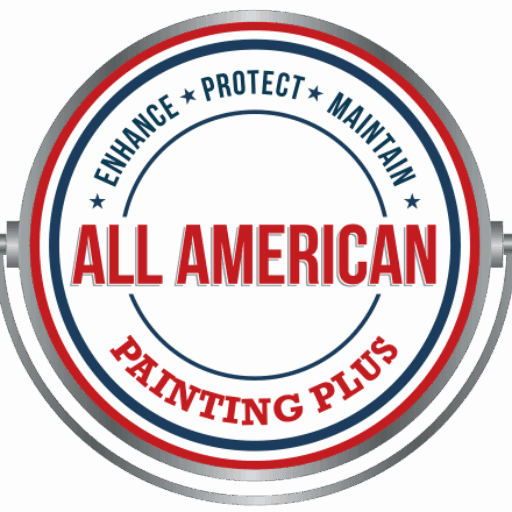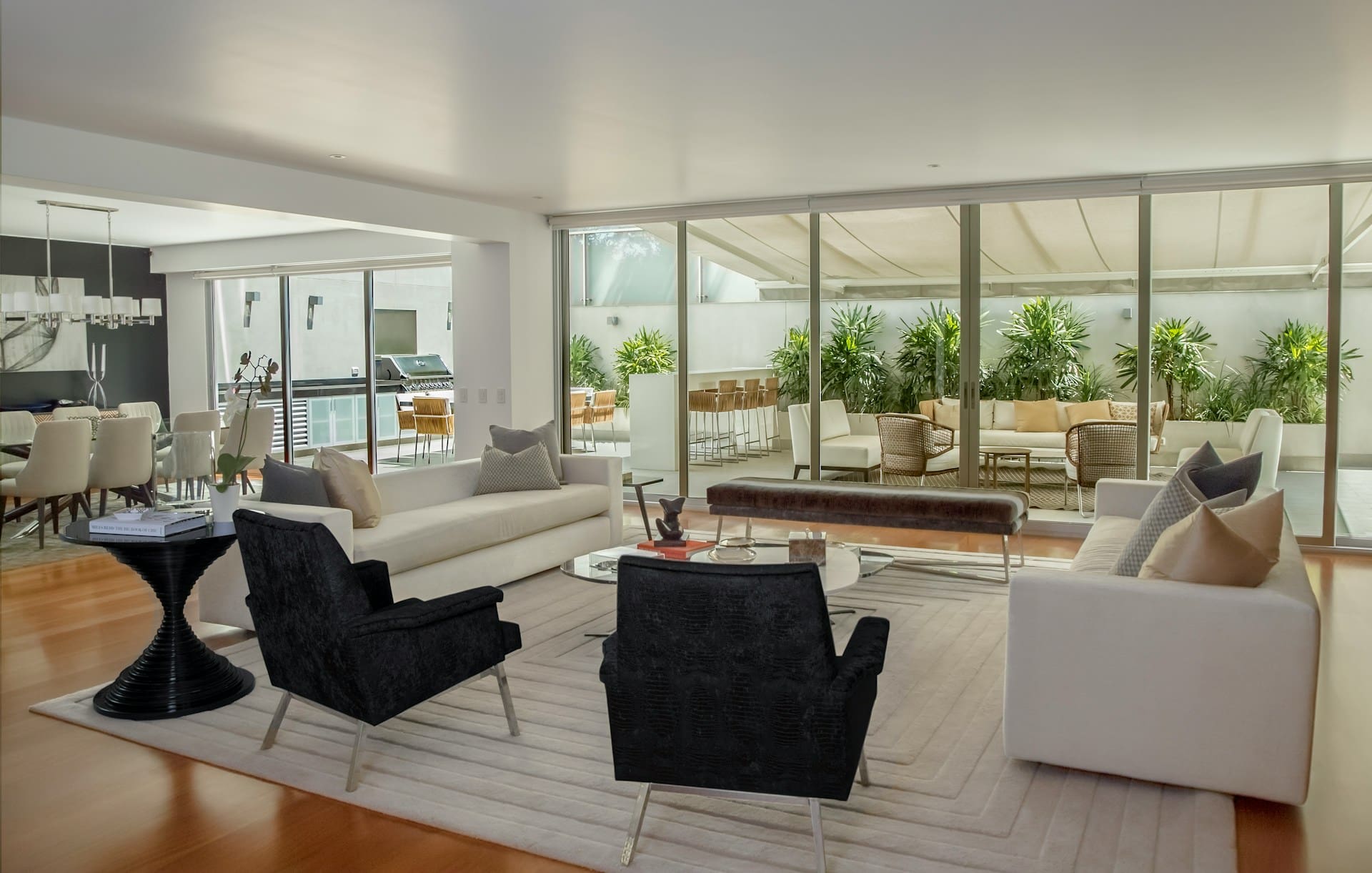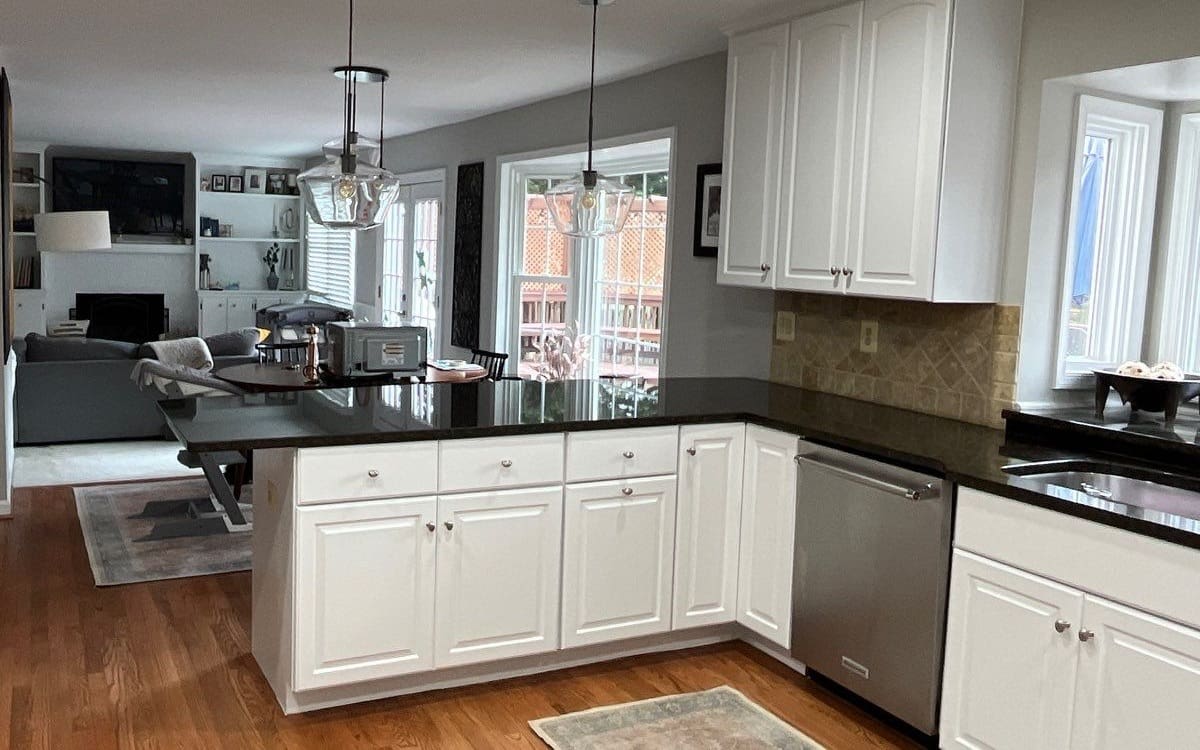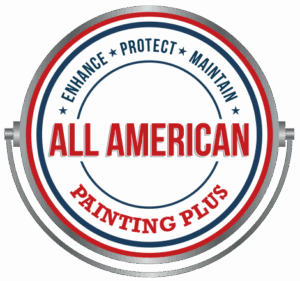
Expert Tips for Painting Metal Surfaces in Great Falls, VA
Painting metal surfaces might seem like a simple task, but doing it right takes some know-how. Whether you’re a homeowner tackling a rusty fence or a business owner freshening up railings, using the right techniques can make your paint job last years longer. This guide breaks down everything you need to know to get strong, smooth, and durable results on metal surfaces.
Key Takeaways:
- Proper surface prep is essential for long-lasting results.
- Choosing the right paint type for metal matters.
- Primers and rust treatments help prevent peeling and corrosion.
- Weather conditions and drying time impact durability.
- Great Falls, VA has a unique climate to consider.
https://www.allamericanpaintingplus.com/wp-content/uploads/2025/03/painting-metal-surfaces-railing.jpgWhy Is Painting Metal Different from Other Surfaces?
Metal isn’t like wood or drywall. It doesn’t absorb paint the same way, and it often has a slick or rusty surface that paint won’t stick to easily. Without the right prep and products, the paint can bubble, peel, or flake off quickly.
In Great Falls, VA, where humid summers and icy winters can stress painted surfaces, getting it right is even more important. Moisture and temperature swings speed up rust and wear.
How Should You Prepare a Metal Surface for Painting?The prep stage is where most of the success happens. Here’s how to do it:
- Clean Thoroughly: Start by removing all dirt, grease, and debris from the metal surface. Use a mild soap and water solution or a specialized degreasing agent. Rinse thoroughly with clean water and allow the surface to dry completely. Any residue left behind can affect adhesion.
- Remove Rust: Inspect the surface closely for any signs of rust. Use a wire brush or sandpaper to manually scrub off smaller patches. For larger or more stubborn rust areas, a power sander, grinder, or chemical rust remover may be necessary. Always wear protective gear when using these tools or products.
- Sand the Surface: Even if there isn’t visible rust, lightly sanding the entire metal surface is crucial. This helps rough up any glossy finish, allowing the primer and paint to grip better. Use fine-grit sandpaper and work in a consistent, circular motion. Wipe away dust with a tack cloth afterward.
- Apply a Rust-Inhibiting Primer: Choose a primer specifically designed for metal surfaces. Apply it evenly using a brush, roller, or spray—whichever suits the project size and shape. Make sure to cover all areas thoroughly, including corners and crevices. Let it dry completely before moving on to painting. The primer not only improves paint adhesion but also provides a critical barrier against moisture and corrosion.
Skimping on prep is a common mistake. Even the best paint can’t do its job on a poorly prepared surface.What Paint Works Best on Metal?
Not all paints are created equal when it comes to metal. Here’s what to look for:
- Oil-Based Paints: These are known for their durability and resistance to moisture, making them ideal for outdoor metal surfaces. They provide a hard, glossy finish that can withstand weather extremes. However, they do have a longer drying time and emit strong fumes, so proper ventilation is important when using them indoors.
- Acrylic Paints: These water-based paints are easier to work with and dry faster than oil-based options. When paired with a high-quality metal primer, acrylic paints can be quite effective on metal surfaces. They’re also more environmentally friendly and produce fewer odors, which is great for indoor use or quick projects.
- Spray Paint: Best for small, detailed, or hard-to-reach areas, spray paints offer convenience and smooth coverage. Look for products specifically labeled for metal and exterior use to ensure they offer the necessary adhesion and durability. Quick to apply and dry, they’re ideal for patio furniture, railings, or intricate decorative pieces.
Brands often make paints specifically for metal—look for terms like “metal enamel” or “rust preventive” on the label.
https://www.allamericanpaintingplus.com/wp-content/uploads/2025/03/painting-metal-surfaces-gate.jpgDo You Really Need a Primer?
Short answer: absolutely.
Primer plays a critical role in ensuring the success of any metal painting project. It creates a smooth, even base that allows the topcoat of paint to adhere properly. Without a primer, paint is more likely to bubble, peel, or flake—especially on slick or previously rusted metal surfaces.
In addition to enhancing adhesion, primers designed for metal often include rust-inhibiting properties. These additives form a protective seal that blocks moisture and oxygen from reaching the bare metal underneath—two of the main culprits behind corrosion.
For outdoor projects in Great Falls, VA, where seasonal weather can fluctuate drastically between humid summers and freezing winters, this protective layer is especially important. A high-quality rust-inhibiting primer will extend the lifespan of your paint job, reduce maintenance needs, and help your metal surfaces maintain their appearance for years to come.
Whether you’re working on a wrought iron fence, metal siding, or patio furniture, don’t skip the primer step. It’s a small investment of time and effort that pays off big in durability and finish quality.
How Can You Make the Paint Job Last Longer?
Durability isn’t just about the paint itself. These tips can help extend the life of your metal paint job:
- Paint During Mild Weather: Avoid painting in extreme heat, cold, or humidity. Aim for temperatures between 50°F and 85°F, with low humidity, to ensure proper paint adhesion and drying. Painting in poor weather conditions can cause paint to dry too quickly or too slowly, leading to cracking, bubbling, or poor finish.
- Use Multiple Thin Coats: Instead of applying one heavy coat, use two or three thin coats. Thin layers adhere better, dry more evenly, and are less likely to sag or peel. Be sure to let each coat dry fully before applying the next for a smoother and more resilient finish.
- Seal with a Topcoat: Applying a clear protective topcoat adds an extra layer of defense against UV rays, moisture, and physical wear. This is especially important for outdoor or high-touch metal surfaces like gates, handrails, and patio furniture. Look for a topcoat that is compatible with your paint type.
- Regular Maintenance: Inspect the painted surface every few months. Promptly touch up any chips, scratches, or areas where rust is beginning to show. Early attention can prevent corrosion from spreading and keeps your metal surfaces looking freshly painted for much longer.
Should You DIY or Hire a Pro?
For small projects like patio furniture or fences, a DIY job with proper prep can turn out great. But for large surfaces or hard-to-reach areas, it might be worth calling in a local painting expert in Great Falls, VA. Pros bring experience, tools, and access to commercial-grade materials that homeowners might not have.
Final Thoughts
Need Help with a Metal Painting Project in Great Falls, VA? Skip the stress and let the pros handle it! Whether you’re dealing with rusty railings, aging fences, or metal surfaces that need a fresh coat, All American Painting Plus has the experience, tools, and know-how to get the job done right.
We’ve helped homeowners and businesses all over Great Falls, VA transform their metal surfaces with lasting, beautiful results. From precise prep to flawless finishes, we take care of every detail so you don’t have to.
Give us a call at (703) 637-8090 today to schedule your free consultation. Let All American Painting Plus bring your metal surfaces back to life!




